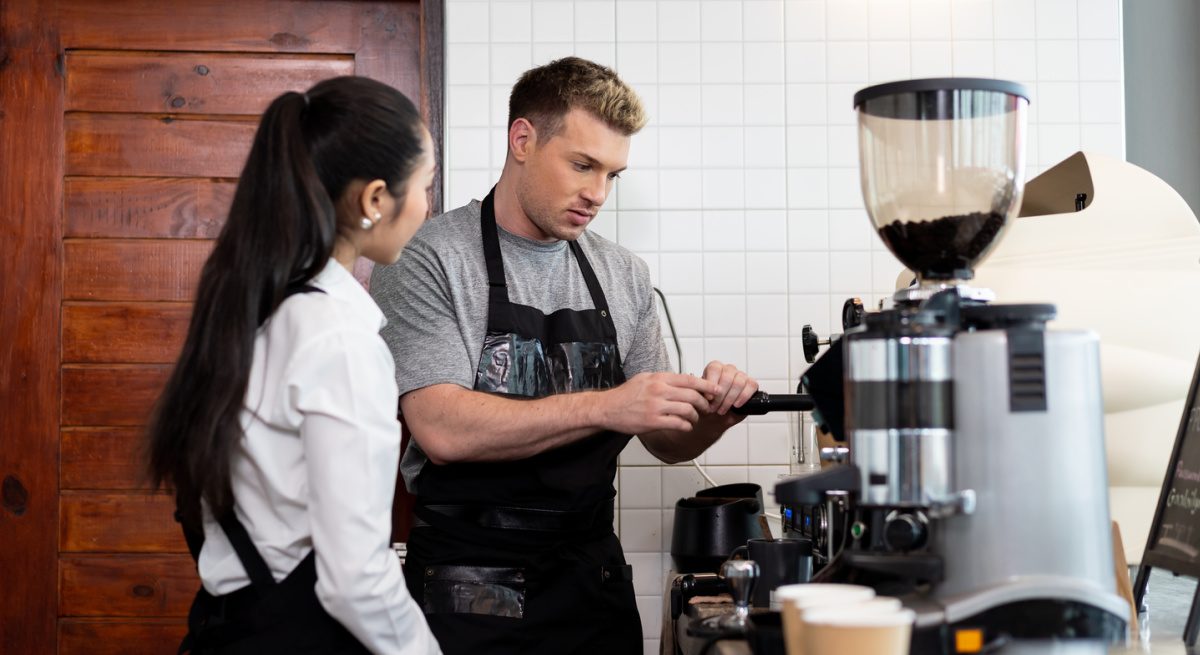To Mitigate ‘The Great Resignation’ Refocus on the Employee Experience
3 Min Read By Bill Bellissimo
The landscape of the restaurant industry has changed forever due to Covid and the operational complexities that the pandemic introduced. As brands scrambled to change their business models – whether through the adoption of touchless payments, delivery and curbside pickup, or the use of QR codes to access online menus – consumers were also forced to adapt their dining behaviors.
These pivots in the face of the potential collapse of an entire sector highlight the amazing resilience of people who work in the industry – nimble and imaginative employees who have been critical to the survival of restaurants across the country. It’s become clear that many of these changes are here to stay considering that they’ve created efficiencies, added new revenue streams, and guests like them.
Even with this good news for restaurant operators, many challenges still remain – particularly around staffing in both the front and back of the house. A recent survey of restaurant operators by the University of South Florida School of Hospitality found that hiring and turnover was their number one challenge. And according to Technomic, Inc., 89% of operators cited employee retention as a top concern in 2021, up from 69 percent in 2017. The Great Resignation is real and it’s hitting the restaurant industry hard.
But there are tangible ways to mitigate these hiring and retention challenges, and they all start with putting the restaurant’s team first and foremost. From recruiting to retention, if the employee experience is positive and fulfilling, loyalty is fostered, and staff is more likely to stay put.
Empowering Employees with the Right Tools and Training
Restaurant people are “people-people.” They enter this demanding industry because they truly enjoy creating excellent guest experiences through outstanding food, atmosphere, and service. Providing the restaurant’s team with tools that streamline operations and create efficiencies, keeps them front of house, enabling them to do what they do best: make delicious food, build and work on great teams, and provide a superior guest experience.
This “magic formula” requires a rich and nimble back-of-house software platform that not only automates and simplifies core tasks including vendor ordering and receiving, sales forecasting, labor scheduling, daily prep, and other mundane and time-consuming work, but also simplifies the sharing of information across the business. It helps managers, cooks, the wait staff, and hosts to do their jobs more effectively while fostering loyalty because employees feel empowered and supported.
But as important as software is to employee empowerment, equally critical is their professional growth and development. Hourly restaurant workers have left the industry at alarming rates, but they have not necessarily left the workforce. Rather, they have looked to other industries to continue their careers. One of the top three reasons for this exodus is the general lack of professional development and promotion opportunities offered in this industry, according to The Post-pandemic Restaurant Employee report by Black Box Intelligence and Snagajob.
Addressing Retention
There are multiple ways for employers to address retention, including the implementation of learning and development initiatives. Restaurant operators could define a structured talent development program that guides high potential employees through a progressive blended learning program, laying out a logical career path and fueling their growth. By providing training focused on life skills that extend beyond the restaurant environment, such as communication, goal setting, and leadership, this demonstrates holistic investment in the workforce.
Another option is to employ an on-demand learning approach that provides instant access to training – empowering employees to take ownership of their own development. With artificial intelligence surfacing just-in-time learning resources exactly when they need it, team members can quickly learn how to solve a specific problem and return to serving the guest. Solving a problem successfully reinforces the value of learning and helps employees feel productive and engaged.
Of course, the best approach is to employ both strategies that pulls employees into development programs and pushes them into just-in-time learning opportunities when appropriate. This bi-directional approach requires a flexible learning management system that is fully integrated with other tools employees use daily, such as scheduling apps or back-of-house software. When learning meets the learner where they are, the concept of continuous learning and development really takes effect.
The intersection of technology and training has created vast opportunities for restaurant brands to think about the employee experience as much as the guest experience. Getting both of these right leads to better outcomes for everyone who works in a restaurant and who visits one – a true win-win for all.


